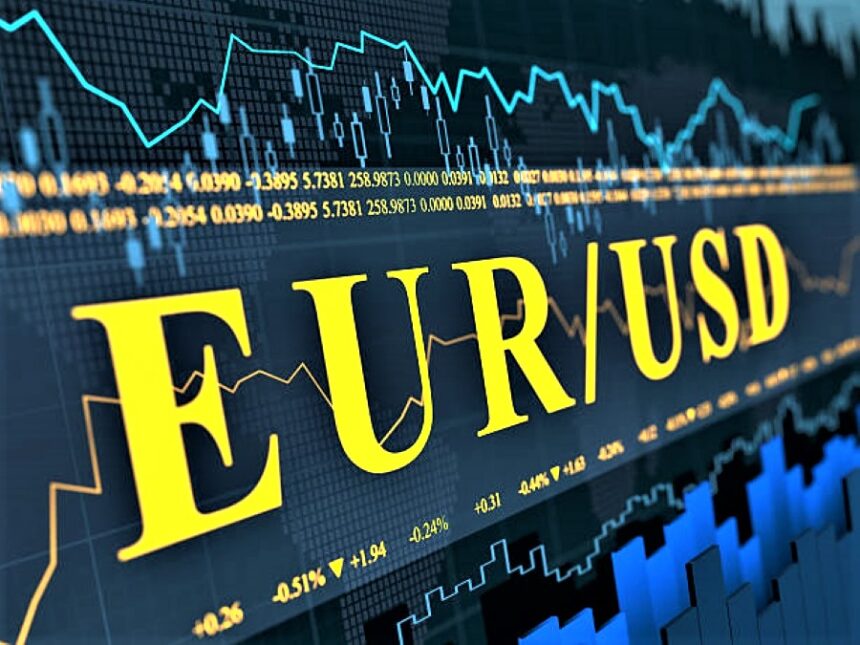EURUSD remains below 1.1200 as investors focus on inflation data from both the Eurozone and the United States.
During Tuesday’s European session, EURUSD traded in a tight range below the immediate barrier of 1.1200. The major currency pair consolidates as investors seek new clues about how much the European Central Bank (ECB) and the Federal Reserve (Fed) will decrease interest rates this year.
The European Central Bank anticipated to slash interest rates twice more by the end of the year.
Market participants believe that an ECB interest rate drop in September is almost probable. The central bank also anticipated to lower its key borrowing rates again. Somewhere around the fourth quarter of this year. The rising conjecture of two additional interest rate reduction is in response to weakening price pressures in the Eurozone and uncertainties about its economic prospects.
Investors waiting for the August flash Harmonized Index of Consumer Prices (HICP) data. Which will be release on Friday, to get the most up-to-date picture of Eurozone inflation. Year on year, the headline and core HICPs. Which remove volatile components such as food, energy, alcohol, and tobacco, expected to slow to 2.2% and 2.8%, respectively. The scenario of low inflationary pressures might impact on the Euro since it fuels market speculation about more rate reduction. On the contrary, unexpectedly high inflation figures would undermine them, bolstering the Euro.
Daily Market movers: EURUSD trades sideways, while the US Dollar searches for stable footing.
EURUSD consolidates marginally below 1.1200 as the US Dollar (USD) tries to recover after hitting a new year-to-date low. The US Dollar Index (DXY), which measures the value of the US dollar against six major currencies, is currently below 101.00. The US dollar is projected to trade sideways as investors await the July core Personal Consumption Expenditure Price Index (PCE) data, which will be released on Friday.
The Federal Reserve’s (Fed) favored inflation index may provide clues regarding the rate at which the central bank will lower interest rates in September. The annual core PCE is expected to have increased to 2.7% from the previous release of 2.6%, with Monthly numbers are increasing gradually by 0.2%.
According to the CME FedWatch tool, 30-day Federal Funds Futures pricing data reveals that the probability of a 50-basis point (bps) interest rate decrease in September is 28.5%, with the remainder pointing to a 25-bps rate cut, indicating that the Fed’s return to policy normalization is certain.
Mary Daly of the Federal Reserve promises to cut interest rates by 25 basis points in September.
Meanwhile, most Fed officials believe that rate decreases in September are justified, given the central bank’s growing concern about emerging dangers to the labor market. In an interview with Bloomberg on Monday, San Francisco Fed Bank President Mary Daly stated that “the time is upon us” to decrease interest rates. When questioned about the expected extent of interest rate decreases, Daily indicated that she expects a 25-bps interest rate drop. The reduction is most likely, but she left the door open for a 50-bps rate drop if the labor market deteriorates.









